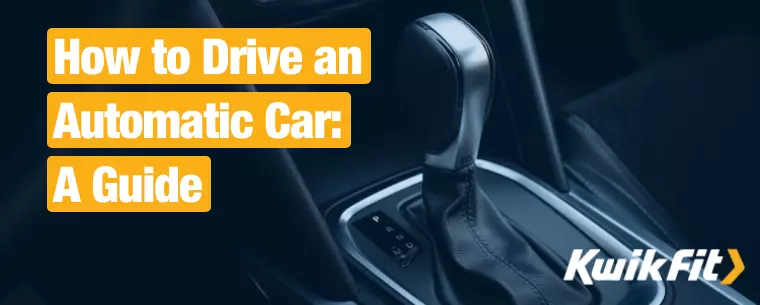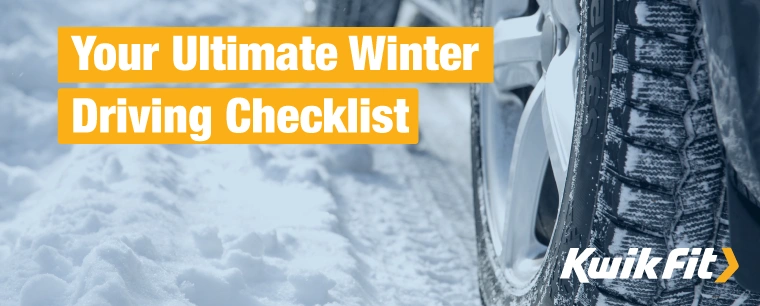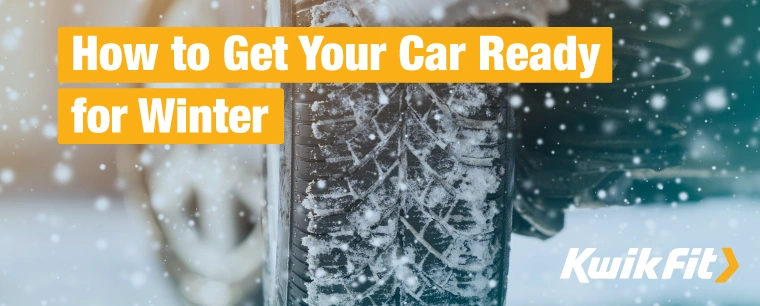How to Drive an Automatic Car: A Guide
Jack Dreyer | Thursday 16th March 2023 1:00pm

In the UK, sales of automatic cars are on the rise. What was once a novel and unique option for drivers is quickly becoming the norm on the UK’s roads and forecourts.
In 2021, 62.4% of new cars sold were automatic, a staggering 24% increase from those sold in 2011. But why? Today, we’ll explore the reason behind the recent boost in the popularity of automatic cars as well as take you through how they differ from their manual cousins and how to drive them.
Read on for more.
Why do people drive automatic cars?
Automatic cars have been a bit of a novelty in the UK for, well, forever. Automatic transmissions have almost exclusively been reserved for lorries and buses. In other words – vehicles that require a lot of time behind the wheel. This is at complete odds with our cousins across the pond, 96% of Americans drive automatic.
Here, automatic cars have always been thought of as a ‘Plan B’ – a last resort for drivers struggling with manuals. The mechanical functions are simpler, so drivers are better able to just focus on driving, but it’s also just much more comfortable when doing a lot of driving. Not having to work a clutch in standstill traffic or at junctions makes for a much more pleasant driving experience.
As such, the attitude towards automatic cars has drastically changed in recent years. Now, more and more people are driving automatics — and not necessarily because they can’t manage a manual, but because they prefer the driving experience that comes with automatics on the whole.
More and more models of cars come in automatics, and simply opting for a manual is no longer the default option.
How is an automatic different from a manual car?
There are a few crucial differences between manual and automatic cars:
1. Automatic cars don’t have ‘gears’ in the typical sense
In a manual car, there is a gear stick with gears 1-5 and an ‘R’ for reverse. You have to manually change these gears as you drive in order to provide the best torque for the engine at different speeds.
In an automatic, however, all you have to do is move the gear stick to the ‘D’ or ‘Drive’ position and go. You may find that, in some higher-performance autos, there is also an ‘S’ option for ‘Speed’. Aside from this, the automatic gearbox has a ‘P’ for ‘Park’ and an ‘R’ option just the same as the manual’s ‘Reverse’.
Some models of automatic car are known as ‘Semi-automatic’ and feature a larger gear stick area with a manual section to the side. This allows drivers to choose how best they’d like to drive the car — knocking the gear stick aside when they wish to change gears themselves manually.
There is a misconception that automatic gearboxes are slow and jerky. And, in the past, while this may have been true, modern automatics are smooth and pleasant to use, especially in traffic when there is plenty of stopping and starting. With autos, there is no risk of changing into the wrong gear or stalling, which we will come onto next.

2. Manual cars have three pedals, automatic cars have two
In a manual car, you have three pedals which are (from left to right): The clutch, the brake, and the accelerator. In an automatic, the clutch isn’t there.
For learner drivers, the clutch can seem like a scary, unknown frontier. In a manual, you must fully press the clutch pedal down when you want to A) stop the car completely and B) change gear, a feat that confuses many since there are plenty of things happening at once.
On the other hand, all you have to do to drive an automatic is use the accelerator to speed up and the brake pedal to slow down, a bit like a go-kart. This dual ‘stop-and-go’ pedal action seems much more logical and is why plenty of drivers find automatics easier.
3. You can’t stall an automatic car
If you release the clutch too quickly in a manual car, the car can ‘stall’, causing it to stop in a sudden, jerking motion that frightens most learners. This can also happen if you are in the wrong gear.
Since automatics remove clutches and manual gear changes from the equation, it is very uncommon that you will stall in one. That being said, if the torque converter fails (this is the part that ensures the engine remains running while you’re driving), then you may still stall.
The benefits of driving an automatic car
There are a whole host of benefits to driving an automatic car, including (but not limited to):
- They are very easy to drive and allow drivers to focus more on the road around them than the inside-car factors.
- They are great for nervous or learner drivers who struggle to do more than one thing at once.
- A smoother driving experience is made possible by autos as, when you get out on the road, all you have to do is steer and either speed up or brake.
- Many people find autos much safer to drive because both hands can be kept on the wheel at almost all times and the driver’s focus is not diverted from the road by gear changes or clutch action.
- In modern automatics, a greater fuel economy can be argued since the car will automatically select the best gear for your speed.
- They make traffic jams and stop-start traffic much easier to navigate since there is no constant gear-changing element involved.
- Parking an automatic is easier too since the clutch and gears are not a factor. All you have to do is control your speed with the brake and accelerator.

How to drive an automatic car
So, when it comes down to it, how do you drive an automatic car? Follow these simple steps to get started.
- Belt up, and turn on the engine. This may take more than one twist of the key away from you.
- Press the brake pedal to ensure the car does not suddenly lurch forward and release the handbrake. (Note: not all automatics have a handbrake, especially in modern models where this becomes a button).
- Move the gear stick into the ‘D’ or ‘Drive’ position.
- After checking your mirrors, gently release the brake pedal to start rolling and you’re away.
- Apart from the pedals and gear stick, everything else in the car is the same. So, once you’re out on the open road, to go faster, keep the gear stick in the ‘D’ position and simply apply more pressure to the accelerator pedal. To go slower, do the same but with the brake.
- To park, all you need to do is move the gear stick to the ‘P’ (or ‘Park’) position once the vehicle has stopped and put on the handbrake.
Look after your car with Kwik Fit
Whether you drive a manual or an automatic, keep your car roadworthy and safe year-round with Kwik Fit. Whether you require a new set of tyres, brake checks, or an MOT and Service, get in touch with your local Kwik Fit centre today.
In the meantime, for more free motoring advice, be sure to keep up with the Kwik Fit blog.
Any facts, figures and prices shown in our blog articles are correct at time of publication.
Featured Articles
Is Your Car Battery Ready for Winter?
Monday 11th November 2024
Is the UK on the verge of ‘the coldest winter for 50 years?’ Even if El Niño doesn't hit the UK this winter, reduce the risk of a winter breakdown by making sure your car battery is winter-ready.
Your Ultimate Winter Driving Checklist
Monday 31st October 2022
Driving in the colder months presents many challenges. Breakdowns are far more common in winter, so make sure you’re prepared with these essentials.
How to Get Your Car Ready for Winter
Wednesday 28th September 2022
Winter can be a harsh season for your car but planning ahead by carrying out some basic maintenance and packing some essential kit should help you avoid a winter breakdown.







